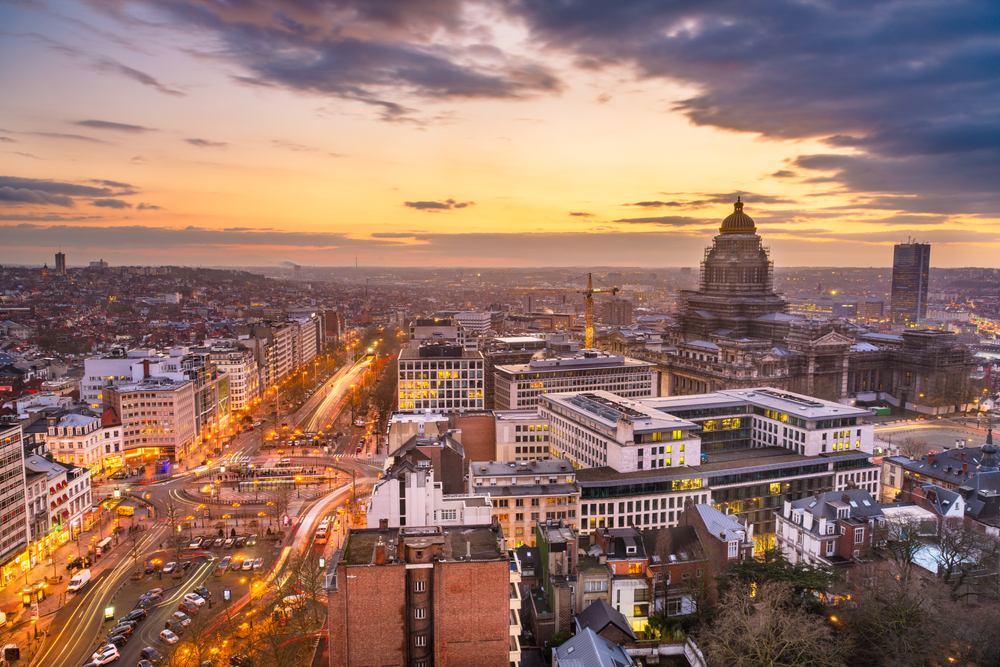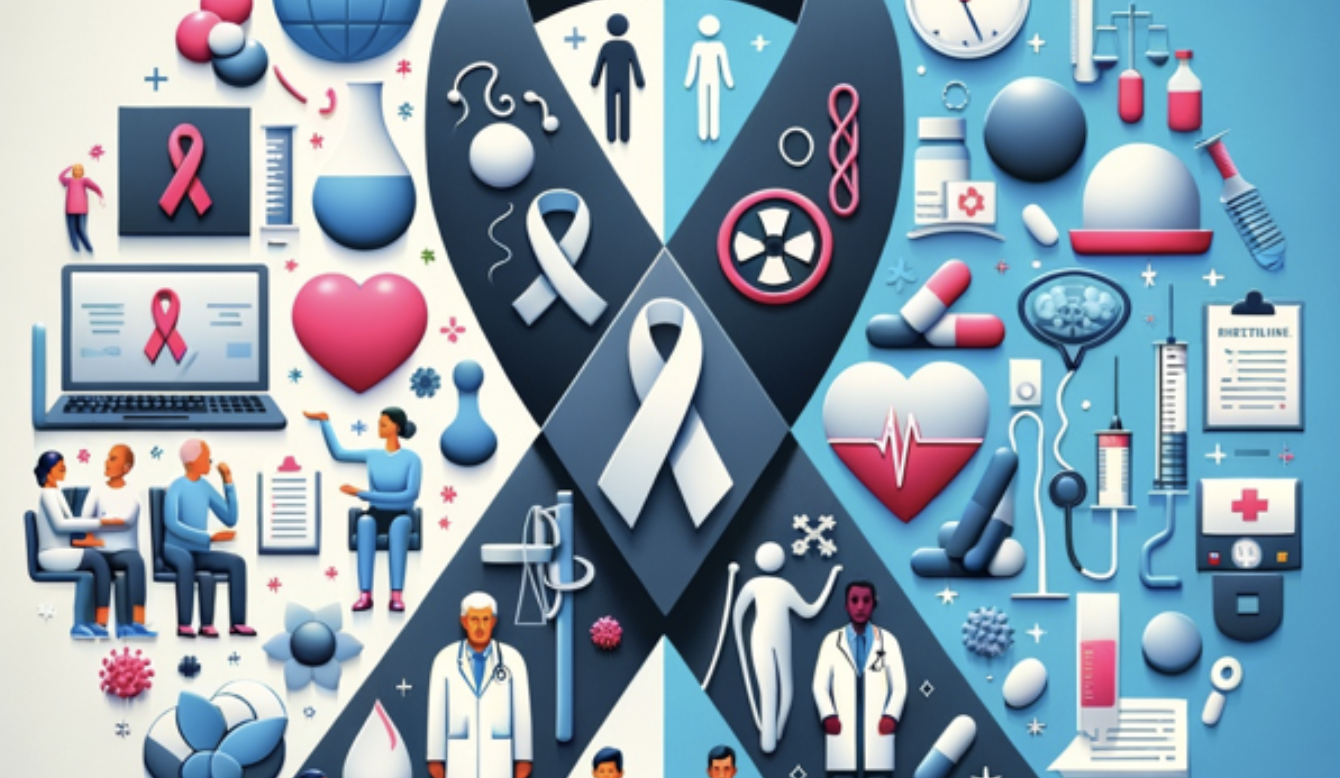


CAMBRIDGE, MASSACHUSETTS - Medical innovation has progressed exponentially over the past half-century, yet the persistence of health inequality limits the potential benefits of scientific and technological advances that can save or improve lives.
The debate over the allocation of vaccines and therapeutics during the COVID-19 pandemic is a vivid example of this inequality. World Health Organization Director-General Tedros Adhanom Ghebreyesus stressed yet again last September 23 that ending the pandemic requires equitable access to vaccines, at a time when only 19 percent of people in low-income countries were inoculated, compared to 75 percent of those in high-income ones.
Despite this imbalance, richer countries suffered greater losses of life years per capita than poorer ones - a paradox highlighting how health inequality exists at many levels, including within countries. In the United States, cumulative data show that people of color experienced higher rates of COVID-19 infection and death than white people. The disparity can be traced to social determinants of health, the non-medical factors that play a critical role in clinical outcomes. Those who suffer from institutional and structural discrimination, reduced health literacy, or cultu
The content herein is subject to copyright by Project Syndicate. All rights reserved. The content of the services is owned or licensed to The Yuan. The copying or storing of any content for anything other than personal use is expressly prohibited without prior written permission from The Yuan, or the copyright holder identified in the copyright notice contained in the content. Continue with Linkedin
Continue with Linkedin
 Continue with Google
Continue with Google











 771 views
771 views






